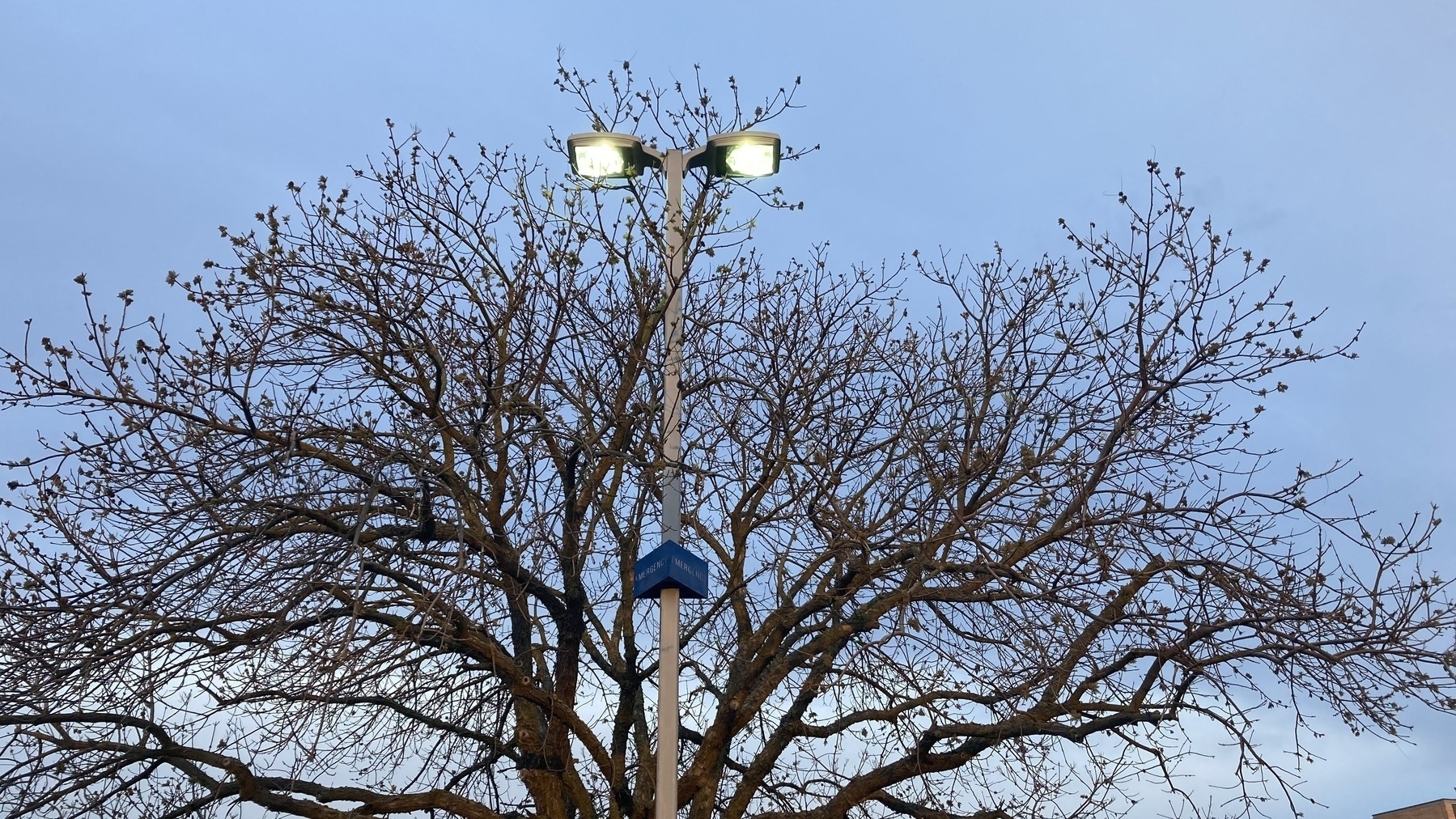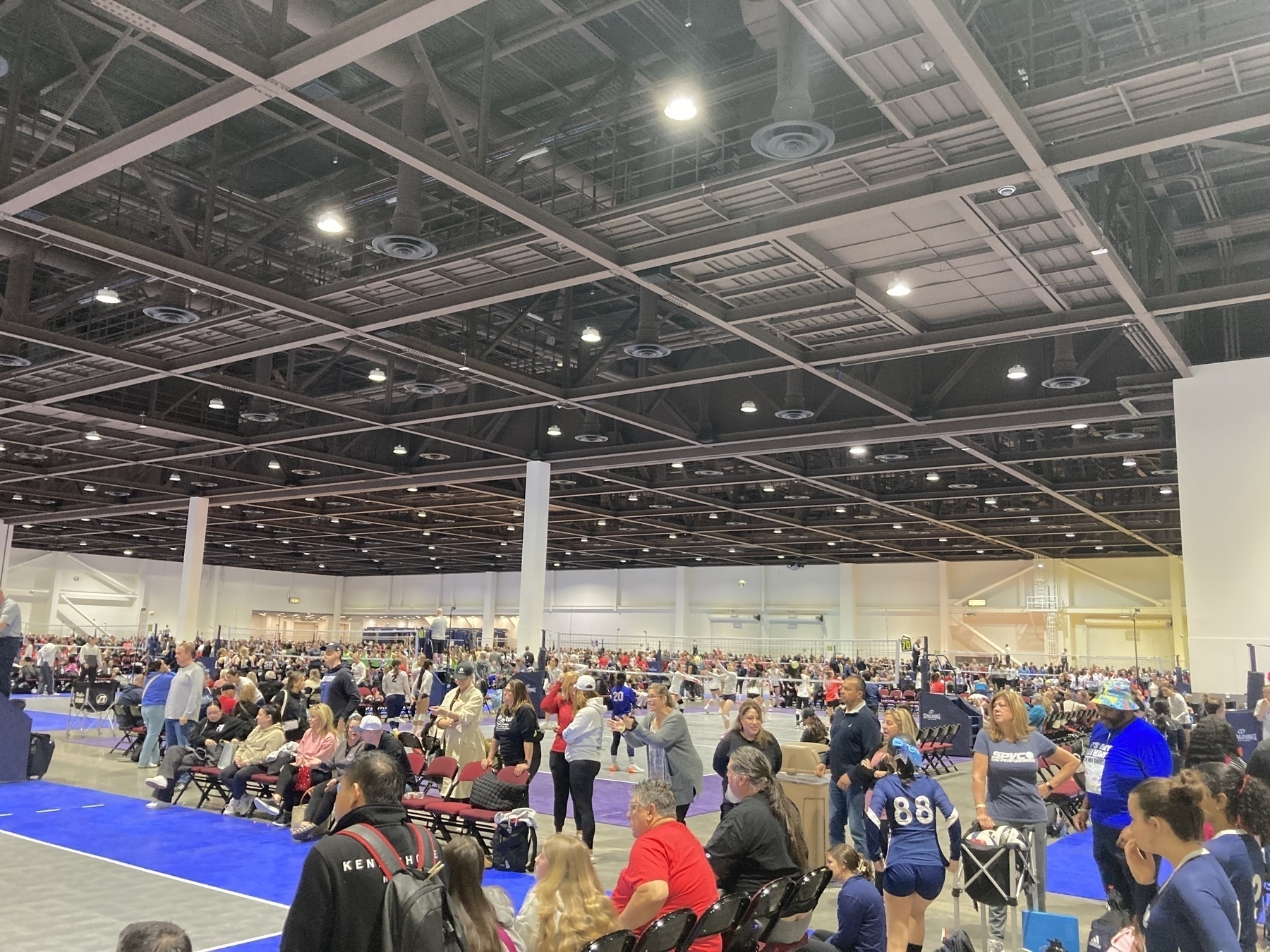I’m dislike becoming more and more cynical.
The morning was pretty nice.

Atkinson Hyperlegible Font - Braille Institute
My next design tweak will be to start using the Atkinson Hyperlegible Font for this site.
At Braille Institute, we’ve created a family of hyperlegible™ fonts designed to improve legibility and readability for individuals with low vision. These carefully crafted fonts feature clear, highly distinctive letters and numbers that make reading easier and more accessible.
I’ll probably serve it directly from the site instead of linking it from google or adobe.
Did the CSS naked day and it’s a little weird to see how large some of the assets I’m using are.
Thanks to @Archimage for letting me know that it’s draw a picture of a bird day.

I took this photo this morning. It was just me attempting to capture a still moment before the day begins.

Itching to write something but just don’t have it in me right now.
Here in Reno, NV for a volleyball tournament.

